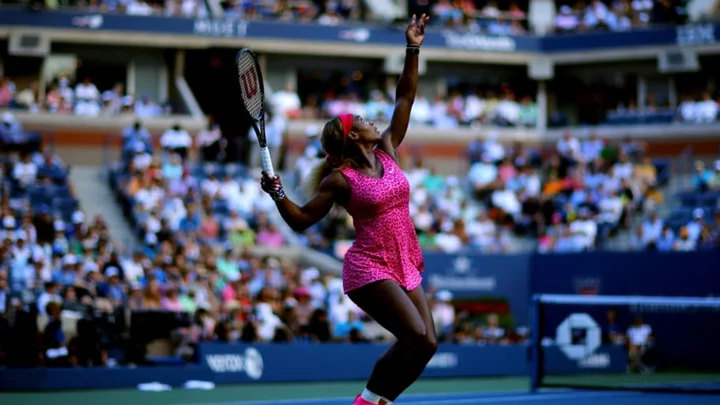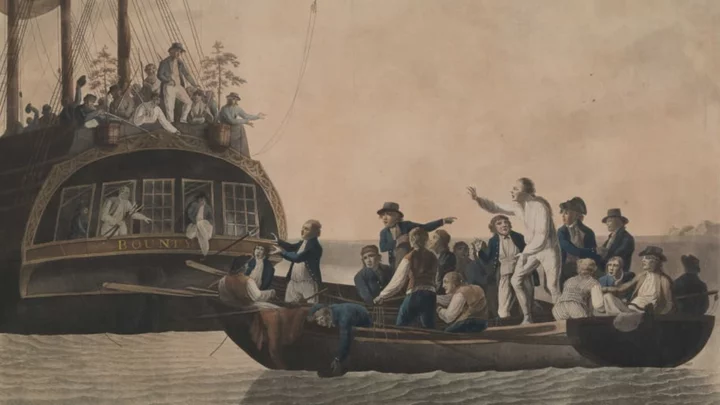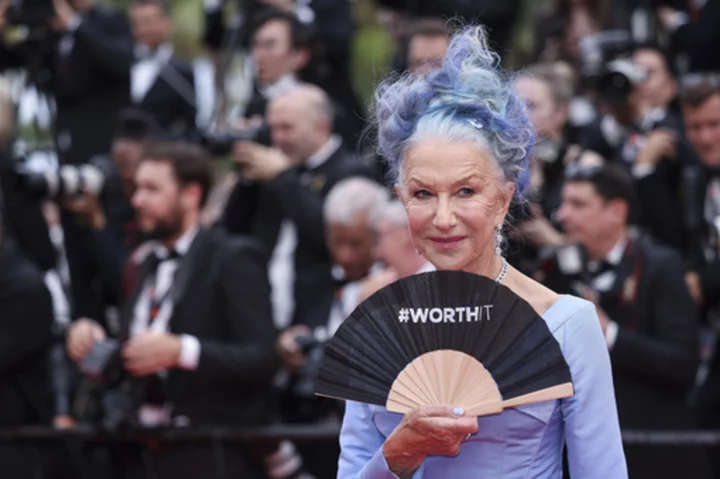Right now, the world’s best tennis players are battling it out in Queens, New York, for the U.S. Open title. Earlier this year, they did the same thing in Australia during the Australian Open and in France during the French Open.
The reason tennis tournaments are often called “opens” is simple: It’s because they’re open to all players, both amateur and professional. But the history behind that tradition merits more than a sentence.
Shamateur Hour
There used to be a stark distinction between amateur and professional athletes across various sports, maybe best evidenced by the Olympics’ now-defunct rule that only amateurs could compete. Professionals, who had sponsorship deals and played for prize money, were considered somewhat less respectable than their unpaid amateur counterparts. Generally, pros and amateurs competed separately, but crossover did exist: Golf has been hosting open championships since the early 1860s.
In tennis, though, the divide held steady for another hundred years or so; and by the mid-20th century, it had started to threaten the future of the sport. One key issue was that many amateurs weren’t really amateurs.
“In fact, federations and national associations, which were organizing the biggest tournaments in the world, discreetly paid amateur players under the table to have control of them,” tennis historian Steve Flink told Tennis Majors. These so-called “shamateurs,” Fink explained, “were not earning enormous amounts of money, but enough to maintain their status and play the most prestigious tournaments.”
In short, it was getting harder to justify keeping amateurs and professionals apart on the basis of money. Moreover, a number of popular tennis amateurs from the 1950s and early 1960s—Rod Laver and Pancho Gonzalez among them—had just decided to go pro, barring them from big tournaments but affording them much greater financial success.
“The most well-known events didn’t have the best players,” tennis Hall of Famer Jack Kramer said, according to the International Tennis Hall of Fame. “Tennis was a great sport, but with amateurs and pros in two different areas, it couldn’t get the exposure it truly deserved.”
The Pros Outweigh the Cons
The International Tennis Federation (then the International Lawn Tennis Federation) voted on the issue of open tournaments more than once during the early to mid-1960s, but to no avail. Then, in August 1967, British tennis officials decided to let professionals play a series of exhibition matches at Wimbledon’s home court—famously amateurs-only territory.
The three-day event was a smashing success: Tens of thousands of fans showed up to watch, and the BBC broadcast the action to countless others. This so-called “Wimbledon Pro” illustrated what the sport could be if pros were welcomed into the mix. Later that year, the British Lawn Tennis Federation voted to integrate the two factions for Wimbledon; and the ILTF followed suit during a vote in March 1968.
So began what’s known as the “Open Era” of tennis. Starting after the vote, all four Grand Slam tournaments—in the U.S., France, Australia, and England—became open tournaments. The distinction between amateurs and professionals didn’t disappear on the spot; the ILTF initially had players enter tourneys as amateurs, professionals, or “registered” players. This last designation basically meant you were still an amateur, but you could accept prize money. It caused an interesting snafu during the first U.S. Open: Amateur Arthur Ashe won the men’s title, but the $14,000 prize went to his opponent, a registered player named Tom Okker.
These days, any entrant can take home a check. At this year’s U.S. Open, the men’s and women’s singles champions will each earn $3 million. The consolation prize for the runners-up is a tidy $1.5 million.
This article was originally published on www.mentalfloss.com as Why Are Tennis Tournaments Called “Opens”?.









